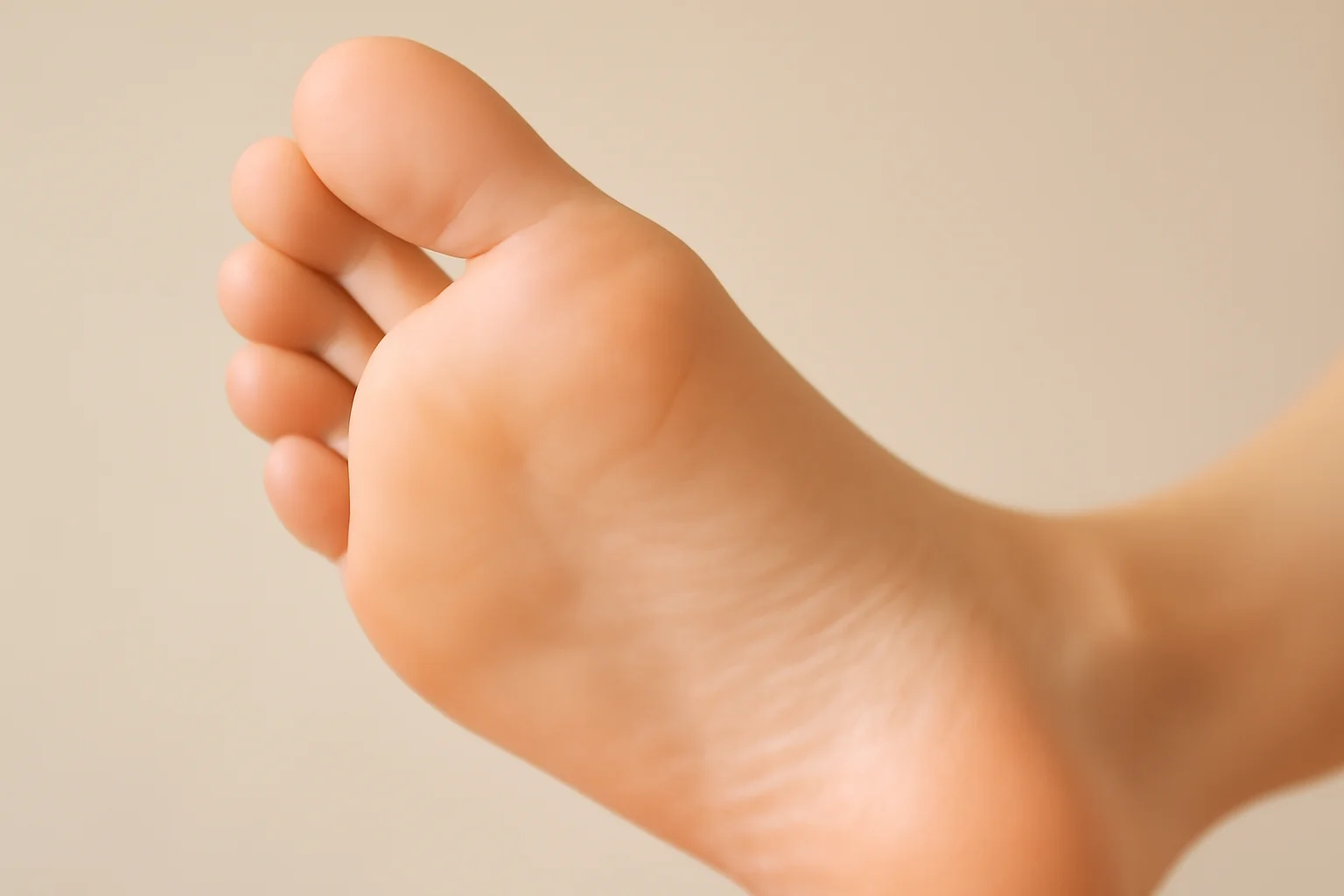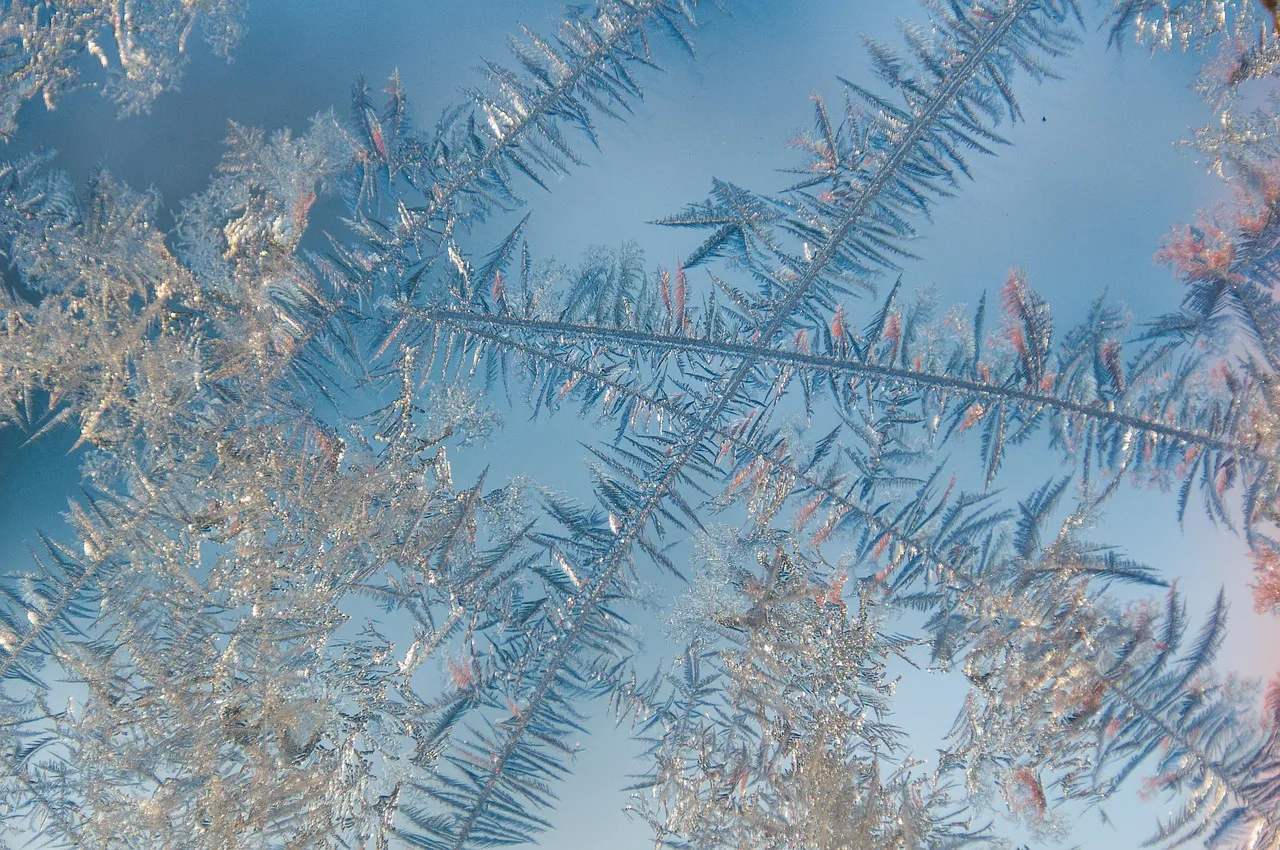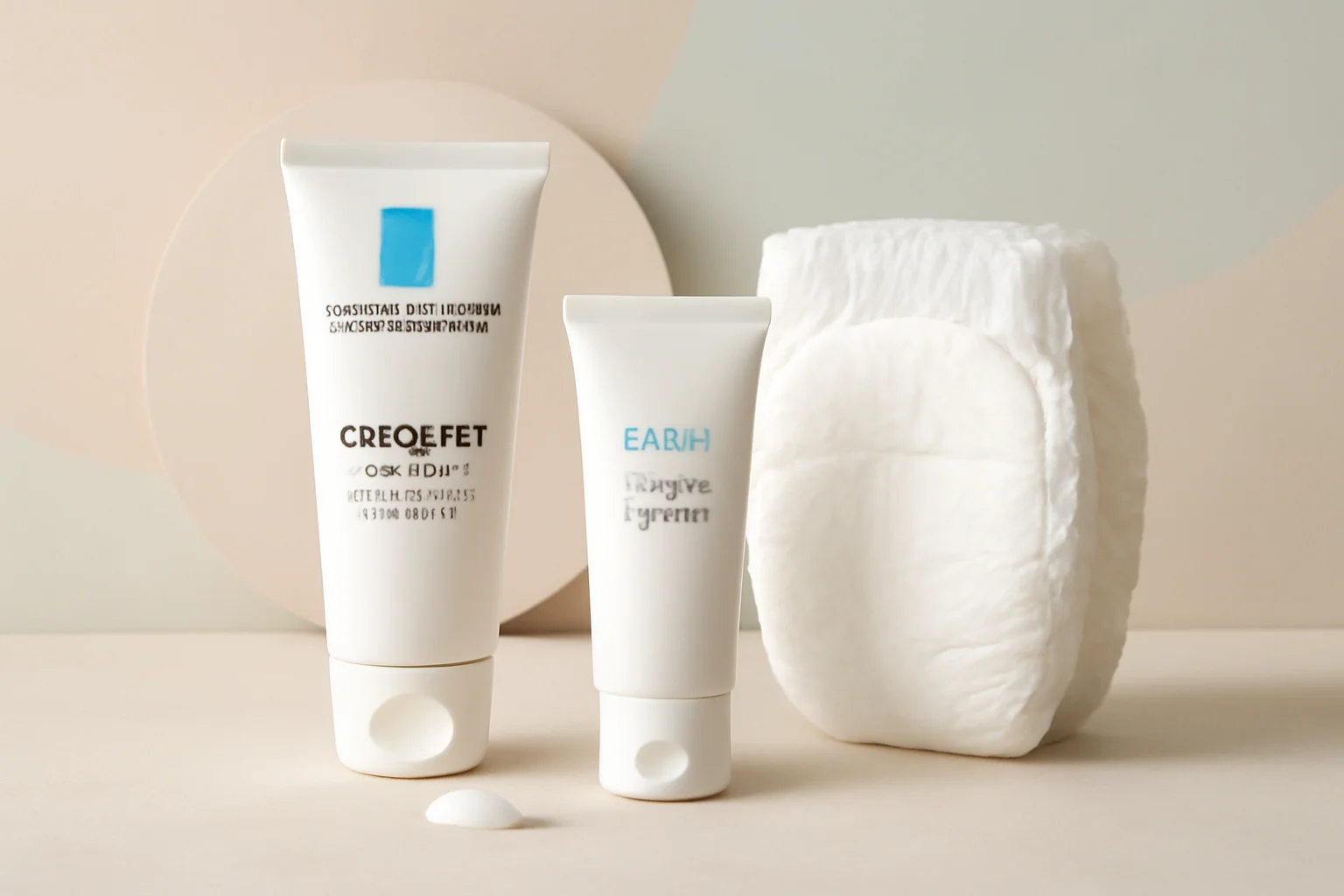
Corn and Callus: Effective Solutions for Pain Relief
A corns and calluses are skin problems that many people experience, often on their feet. These phenomena are not only aesthetically bothersome but can also cause pain and discomfort. In many cases, the development of corns and calluses is due to foot pressure, neglected foot care, and improper footwear. The skin’s natural reaction to pressure and friction is to thicken, but these thickened areas can often negatively affect not only the aesthetics of our feet but also our overall quality of life.
There are many similarities between corns and calluses, but it is important to be aware of the differences as well. Proper foot care and prevention options can help us avoid painful symptoms and keep our feet healthy. The aim of our article is to provide a comprehensive overview of the world of corns and calluses, as well as practical advice for their prevention and treatment.
What is a corn?
A corn, also known as a heloma, is a thickening of the skin that most commonly develops between the toes or on the sole of the foot. The main cause of this skin problem is prolonged pressure or friction, which can be caused by tight or improper footwear. Corns are usually small, round, raised areas that have a hard, yellowish spot at their center. These spots can be sensitive, especially to touch, and can cause pain while walking.
To prevent the development of corns, it is important to choose the right footwear. Wearing shoes that are too tight or uncomfortable can lead not only to corns but also to other foot problems, such as bunions, in the long run. There are many methods for treating corns, ranging from home remedies to surgical interventions. In most cases, reducing pressure and ensuring proper foot care is sufficient for corn removal.
It is important not to ignore corns, as they can lead to infection if not treated in a timely manner, in addition to causing pain and discomfort. Corns are not only aesthetically bothersome but also affect the health of the feet.
Calluses: Causes and Symptoms
A callus, also known as keratosis, is a thickening of the skin that can develop for various reasons. Calluses most commonly appear on the soles and heels, where the skin is subjected to the greatest pressure. The development of calluses is usually due to prolonged friction or pressure, but environmental factors and the natural aging of the skin can also contribute to thickening.
Calluses typically appear as yellowish, rough patches and often do not cause pain. However, if left untreated, calluses can become painful over time, especially if our shoes rub against them. The treatment of calluses is generally similar to that of corns and involves proper foot care, reducing pressure, and using home remedies.
To prevent calluses, it is important to regularly care for our feet. Using moisturizing creams can help prevent the skin from drying out and thickening. Choosing the right footwear is also crucial in the case of calluses: wearing comfortable, well-fitting shoes reduces the risk of friction.
If our calluses do not respond to home treatment, it is advisable to consult a specialist, as improperly treated calluses can lead to more serious problems over time.
Comparison: Corn or Callus?
Although corns and calluses are often confused, it is important to understand the differences between the two problems. A corn is typically smaller, round, and has a hard core at its center, while a callus generally affects larger, flatter, and wider areas. Calluses usually do not have the painful center characteristic of corns, but can become painful over time if not treated.
Corns are often located between the toes or on the sole, while calluses are more common on the soles and heels. Both problems are caused by friction and pressure, but corns typically develop due to wearing tighter footwear, while calluses are more likely to result from prolonged standing or walking.
The treatment methods are similar; however, corns often require removal by a specialist, while calluses can often be treated at home. The most important thing is to pay attention to our feet in both cases and take the appropriate steps for prevention.
Tips for Prevention and Treatment
There are several effective methods available to prevent corns and calluses. The first and most important step is to choose the right footwear. Always wear comfortable, well-fitting shoes that provide adequate support for your feet. Wearing tight or uncomfortable shoes can lead not only to corns but also to many other foot problems in the long run.
Foot care is also crucial. Regularly moisturize your feet and use foot creams to prevent the skin from drying out and thickening. It is also worth regularly checking our feet to detect skin problems in a timely manner.
If a corn or callus has already developed, many home remedies can help in their treatment. A warm foot soak, removing the skin (for example, with a pumice stone), or using special pads can help reduce pain and discomfort. However, if the problems do not improve, it is definitely worth consulting a specialist.
Prevention and proper foot care play a key role in avoiding corns and calluses. Conscious foot care can contribute to maintaining the health of the feet and help us avoid painful skin problems.
**Warning:** This article does not constitute medical advice. For health problems, please consult a doctor or specialist.

